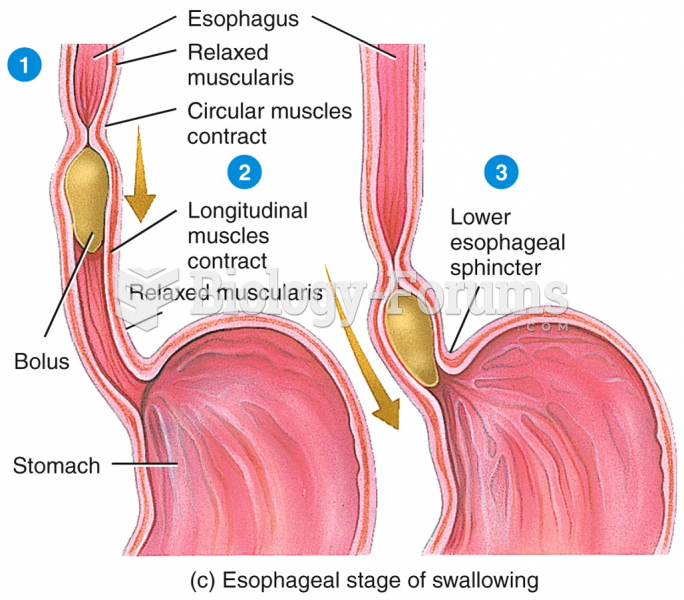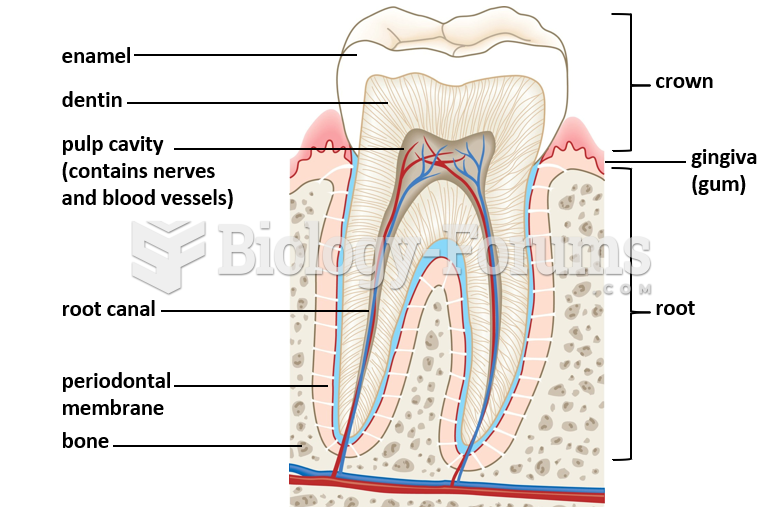Answer to Question 1
Correct Answer: 3
Rationale 1: Sputum does contain bacteria, but they are killed by the acid environment of the gastrointestinal tract.
Rationale 2: There is no danger to swallowing sputum.
Rationale 3: There is no good rationale for having the client expectorate the sputum except for the nurse to view it for quality and quantity.
Rationale 4: The client is no more likely to aspirate sputum than any other fluid.
Answer to Question 2
Correct Answer: 3
Rationale 1: Postural drainage should be scheduled to avoid hours shortly after meals because the treatment may induce vomiting and can be very tiring for the client. Since this client is getting the treatments only twice each day, the sessions should be separated as far as possible to allow for benefits across a longer time span.
Rationale 2: Since this client is getting the treatments only twice each day, the sessions should be separated as far as possible to allow for benefits across a longer time span.
Rationale 3: Postural drainage should be scheduled to avoid hours shortly after meals because the treatment may induce vomiting and can be very tiring for the client. Of the options offered, the one that takes into consideration the meal schedule and is most widely distributed is 0700 and 2000.
Rationale 4: Postural drainage should be scheduled to avoid hours shortly after meals because the treatment may induce vomiting and can be very tiring for the client. Since this client is getting the treatments only twice each day, the sessions should be separated as far as possible to allow for benefits across a longer time span. Of the options offered, the one that takes into consideration the meal schedule and is most widely distributed is 0700 and 2000.







